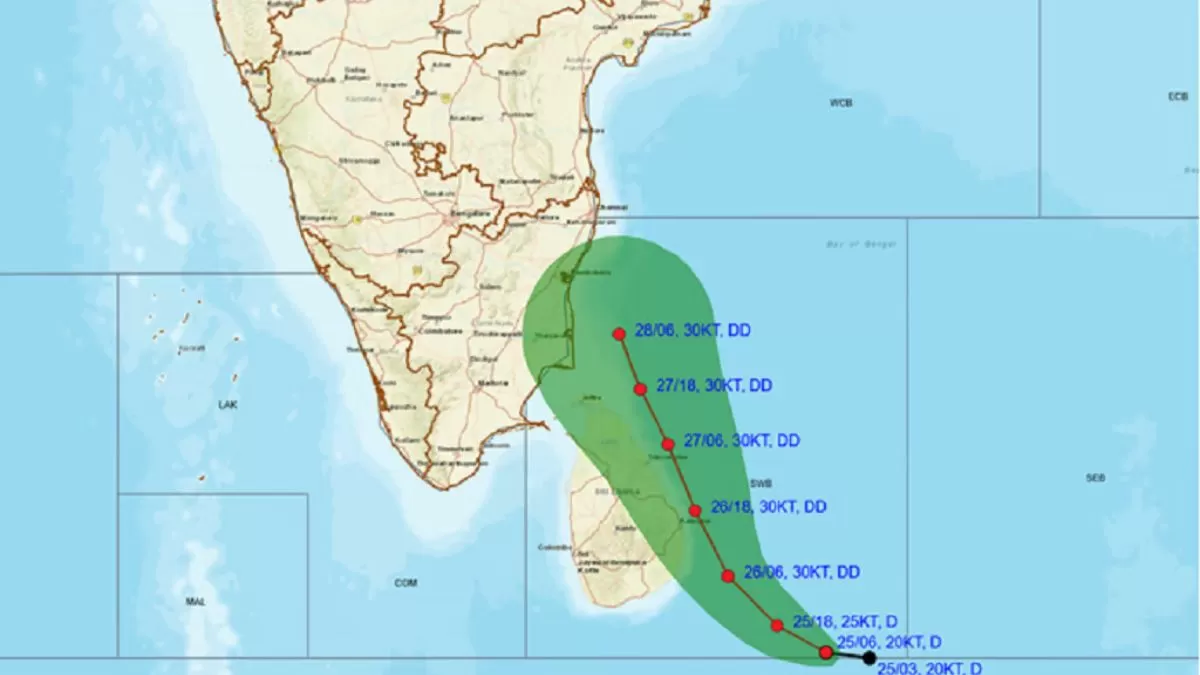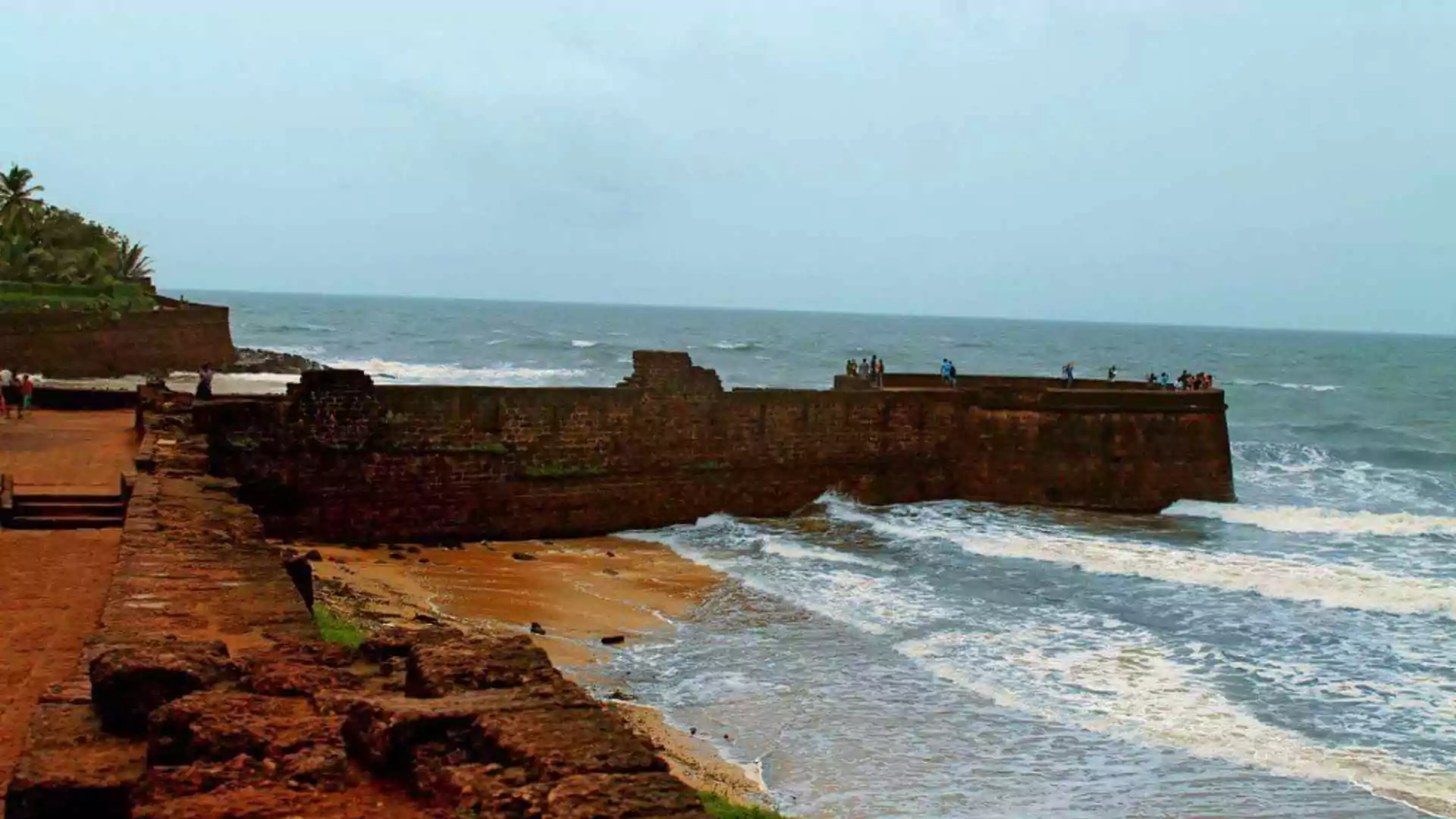A new cyclonic system is rapidly intensifying over the Bay of Bengal, with the India Meteorological Department (IMD) issuing an alert for residents in the coastal regions. This system is expected to develop into a deep depression, with varying models indicating the possibility of it strengthening into a cyclonic storm. The Regional Meteorological Centre (RMC), Chennai, on Tuesday (November 26, 2024) said the depression over southwest Bay of Bengal has now intensified into a deep depression, and that it may intensify further into a cyclonic storm on Wednesday (November 27).
If the depression becomes a cyclone, it will be called ‘Fengal’. It would be coming in the wake of Dana. It was the third cyclonic storm and second severe cyclonic storm of the 2024 North Indian Ocean cyclone season.
Cyclone Naming Process
Cyclones in the North Indian Ocean are named by a panel of 13 countries, including India, Bangladesh, Iran, Pakistan, Sri Lanka, among others, under the World Meteorological Organization (WMO), and in direct collaboration with the United Nations Economic and Social Commission for Asia and the Pacific (UNESCAP). Each of the member countries provides 13 names for future cyclones, which are applied on rotation when these storms form. The names are meant to be brief, easy to pronounce, and free from cultural biases, ensuring that they will not be offensive in any languages of the region. ‘Fengal’ is attributed to this new storm and was suggested by Saudi Arabia, and it has further significance in the Arab-speaking world.
Adding to such efforts is a process of naming storms, which aims at improving the communication and public outreach of cyclones so that identification and preparedness are made easier for people. Next to Fengal will be the next storm’s name as Shakhti, contributed by Sri Lanka, followed by Montha from Thailand for future usage.
What to Expect from Cyclone Fengal
Cyclone Fengal is likely to intensify in the Bay of Bengal in the coming days, bringing with it strong winds, heavy rains, and possibly coastal flooding. The regional met departments are reportedly keeping an eye on its path and affected areas. Residents would be advised to stay tuned to official updates, as preparedness is essential to eliminating any possible damage.
Why Cyclones in the Arabian Sea are Less Common
Cyclones in the Arabian Sea are rarer compared to the Bay of Bengal due to differences in ocean temperatures and atmospheric conditions. The Bay of Bengal, with its warm waters, provides ideal conditions for cyclones to form and intensify, whereas the Arabian Sea experiences less frequent cyclonic activity.
ALSO READ: Is Bengaluru Ready For Cyclonic Rains? Weather Will Drop To 12°C Soon!























